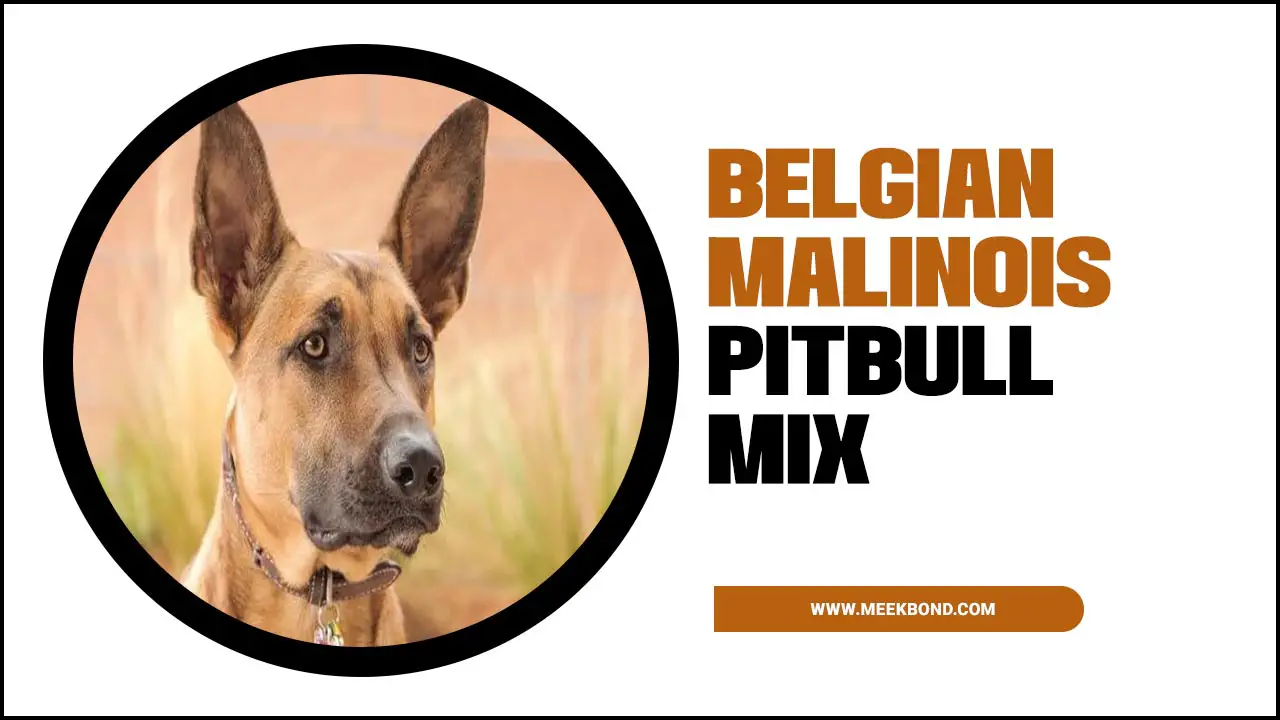As a pet parent, you want to ensure the best for your furry friend. Trifexis and Nexgard are the most popular flea and tick prevention options. It’s important to note that both Trifexis and NexGard are prescription medications that should only be given to your dog under the guidance of a veterinarian.
Additionally, while they are both effective at preventing fleas and ticks, they may not be suitable for every dog. Here we will give you an in-depth comparison of Trifexis vs Nexgard, weighing the pros and cons of each so that you can make an informed decision.
We will cover everything from their active ingredients, efficacy, side effects, safety & convenience to cost analysis. You will understand which medication best suits your dog’s needs and why. So let’s dive in!
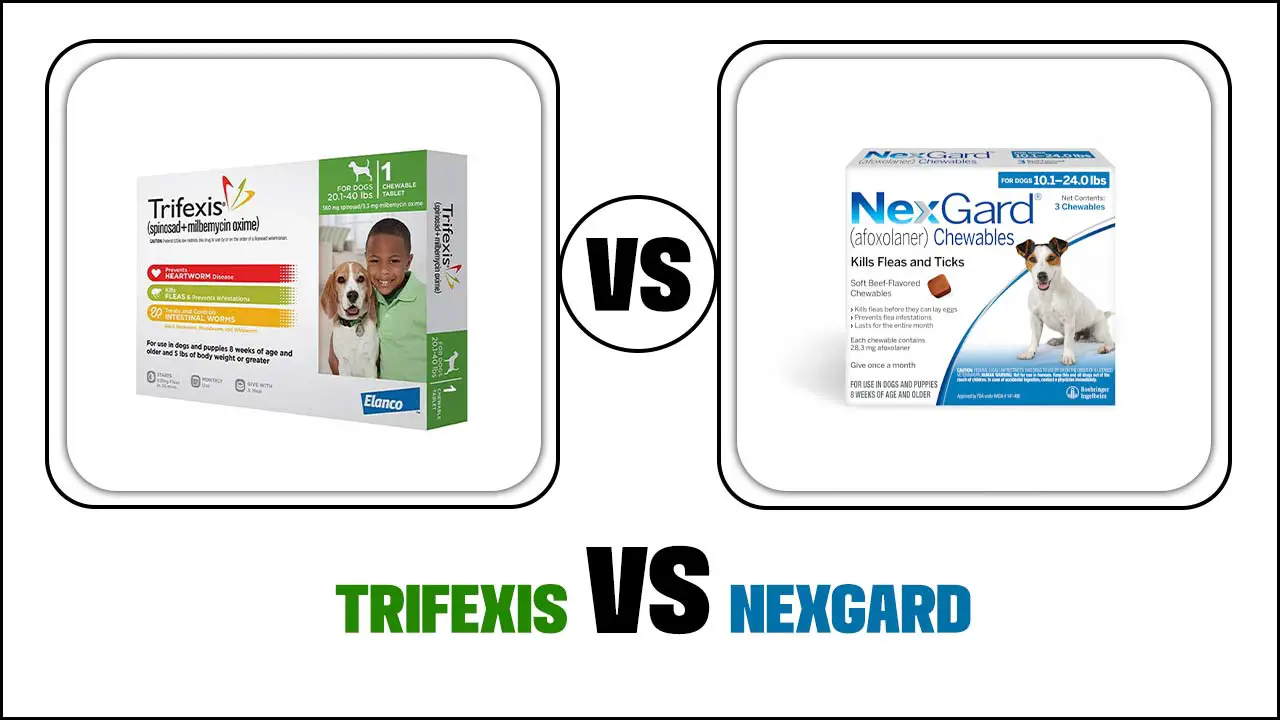
What Are Trifexis And Nexgard
Trifexis and Nexgard are oral medications for dogs that protect against fleas, ticks, and certain parasites. Trifexis goes further by offering protection against heartworm disease, which Nexgard does not. While Nexgard is administered on a monthly basis, Trifexis is given every three months.
It’s important to note that both medications have potential side effects, so it is crucial to consult with a veterinarian before using them. The choice between Trifexis and Nexgard may depend on your dog’s needs and preferences.
Consider factors such as the specific pests you want to guard against, the frequency of administration, and any underlying health conditions your pet may have. By tailoring the treatment to your dog’s unique requirements, you can make an informed decision prioritizing their well-being and overall health.
Trifexis Vs Nexgard: Making The Right Choice For Your Pet

Choosing the right flea and tick preventative for your pet is important. Trifexis vs Nexgard are popular options, but it’s essential to understand their differences to make the right choice for your furry friend. Trifexis is an oral chewable tablet that provides protection against fleas, heartworms, and intestinal parasites.
On the other hand, Nexgard is a chewable treat that specifically targets fleas and ticks. While both products effectively prevent infestations, they have different active ingredients and may be best suited for different pets, depending on their specific needs. Consulting with your veterinarian can help determine which product best fits your pet’s health and lifestyle.
Key Differences In Active Ingredients, Administration, And Dosage
Trifexis and Nexgard have key differences in their active ingredients, administration, and dosage. It’s important to consult with your veterinarian to determine the most appropriate option for your dog’s specific needs.
They can provide guidance on which medication would best fit your pet based on weight, age, and any existing health conditions. Ultimately, the critical differences in active ingredients, administration, and dosage should consider when choosing between Trifexis and Nexgard.
- Trifexis contains spinosad and milbemycin oxime, while Nexgard contains afoxolaner. Spinosad and milbemycin oxime are effective in treating and preventing infestations of fleas, lice, and certain parasites.
- On the other hand, afoxolaner specifically kills adult fleas and ticks.
- Trifexis is convenient for pet owners because they can give it orally once a month for administration. It comes in a flavored tablet that dogs can easily consume.
- Nexgard, on the other hand, is also administered orally but in the form of a chewable tablet. This makes it more appealing to dogs and easier to administer.
Regarding Dosage,
- Trifexis is suitable for dogs weighing at least 5 pounds and older than 8 weeks. The veterinarian bases the dosage on the dog’s weight to ensure appropriate medication is given.
- In contrast, Nexgard has a fixed dosage for all sizes of dogs. It simplifies the dosing process, as pet owners do not have to calculate the correct amount based on their dog’s weight.
Active Ingredients In Trifexis And Nexgard
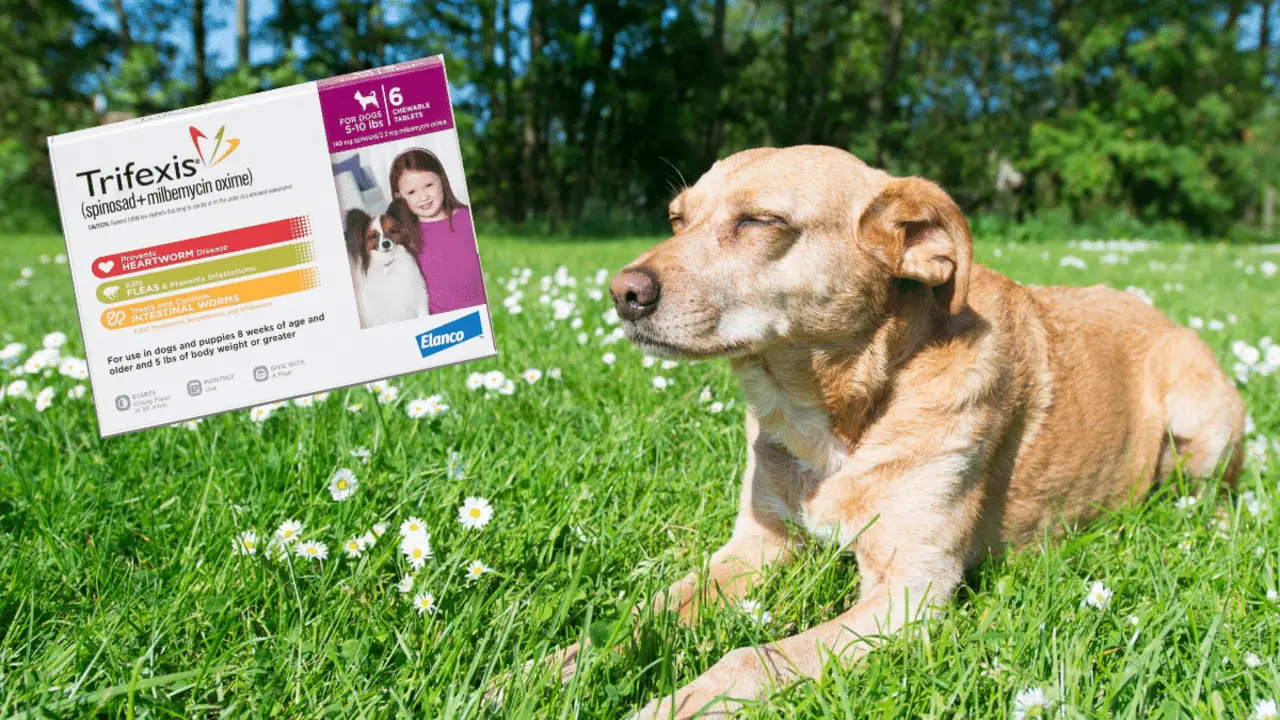
Trifexis and Nexgard are popular options for flea and tick prevention in dogs. Understanding the active ingredients in these medications is essential to make an informed decision for your pet’s health. Trifexis and Nexgard offer effective flea and tick prevention solutions, each with its unique combination of active ingredients. It’s important to consult your veterinarian to determine which option suits your dog’s needs.
- Trifexis contains spinosad, which effectively kills fleas and prevents flea infestations.
- Additionally, Trifexis contains milbemycin oxime, which provides protection against heartworm disease and eliminates common intestinal parasites such as roundworms, hookworms, and whipworms.
- On the other hand, Nexgard contains afoxolaner as its active ingredient.
- Afoxolaner is popular for its efficacy in killing fleas and ticks, preventing infestations from both parasites. It offers broad-spectrum protection for your furry friend.
Efficacy Of Trifexis And Nexgard
Trifexis and Nexgard have proven to be highly effective in their specific roles, protecting against flea and tick infestations and controlling and eliminating various worms. It is essential to consult with your veterinarian to determine the most appropriate option for your dog based on their specific needs and health considerations .Regarding the efficacy of Trifexis and Nexgard, both medications have proven highly effective in their respective roles.
- Trifexis is popular for its effectiveness in preventing flea infestations and controlling roundworms, hookworms, and whipworms.
- On the other hand, Nexgard is specifically designed to kill fleas and ticks, preventing flea and tick infestations.
- Trifexis contains spinosad and milbemycin oxime as its active ingredients.
- Spinosad targets and eliminates adult fleas, while milbemycin oxime protects against heartworm disease and kills and prevents the growth of roundworms, hookworms, and whipworms.
- On the other hand, Nexgard contains afoxolaner, which effectively kills fleas and ticks, providing prevention against both types of infestations.
It’s important to note that Trifexis and Nexgard are usable as directed by your veterinarian. They are both administered orally, with Trifexis being given once a month and Nexgard as a chewable tablet. Trifexis is suitable for dogs weighing at least 5 pounds and older than 8 weeks, while Nexgard is recommended for dogs weighing at least 4 pounds and older than 8 weeks.
Side Effects Of Trifexis And Nexgard

While both Trifexis and Nexgard effectively prevent flea infestations and control various parasites, watching for adverse reactions is essential. The safety and well-being of your furry friend should always be a top priority.
Remember, every dog is different; some may be more sensitive to certain medications than others. You can ensure their health and quality of life by staying vigilant and monitoring your dog for any side effects. It is important to be aware of the potential side effects of Trifexis and Nexgard on your dog.
- Trifexis has been popular to cause vomiting, lethargy, and decreased appetite in some dogs.
- On the other hand, Nexgard has been associated with vomiting, itching, diarrhoea, lethargy, and a lack of appetite in some dogs.
These side effects should not be taken lightly, and if you notice any unusual symptoms in your dog after administering either medication, it is crucial to consult your veterinarian.
Safety And Convenience
Regarding the safety and convenience of flea and tick prevention, both Trifexis and Nexgard are excellent options. These oral medications have specific designs to be safe when handy as direct for dogs of all ages, starting from a few weeks old. With Trifexis and Nexgard, pet owners can easily provide continuous protection against fleas, ticks, and other parasites without hassle.
One of the key advantages of these medications is their ease of administration. Unlike topical treatments, which can be messy and require a precise application, Trifexis and Nexgard can give orally, making it a convenient option for pet owners. Giving your dog the recommended dose at the appropriate intervals ensures ongoing protection against fleas, ticks, and other pests.
Trifexis and Nexgard extensively test and have proven to be highly effective in preventing flea infestations, controlling roundworms, hookworms, and whipworms, and killing fleas and ticks. The active ingredients, such as ivermectin in Trifexis, work to target and eliminate these parasites, ensuring the health and well-being of your furry friend.
In summary, Trifexis and Nexgard offer a safe and convenient way to protect your dog from fleas, ticks, and other parasites. The oral administration and their efficacy make them an excellent choice for pet owners looking for easy and reliable flea and tick prevention.
Cost Analysis Between Trifexis & Nexgard
When comparing Trifexis and Nexgard, it’s essential to consider the cost factors involved. These two medications offer different pricing options, so comparing the cost per dose is crucial to determine the most cost-effective option for you and your pet. Additionally, while evaluating the cost, it’s essential to factor in the potential cost of treating any side effects of either medication.
To get the best value for your money, it’s worth looking for discounts or rebates that may be available for Trifexis or Nexgard. These savings can help reduce the overall cost of your pet’s medication. However, it’s important not to decide based solely on price. Considering each product’s overall value and effectiveness is what we recommend when evaluating the cost.
By considering the cost per dose, potential side effects, and any available discounts or rebates, you can decide which medication is best for your pet’s needs and budget. Remember, both Trifexis and Nexgard protect against fleas, ticks, and other parasites, so choosing the best option that suits your pet’s specific needs and your financial situation is essential.
Trifexis Pros & Cons
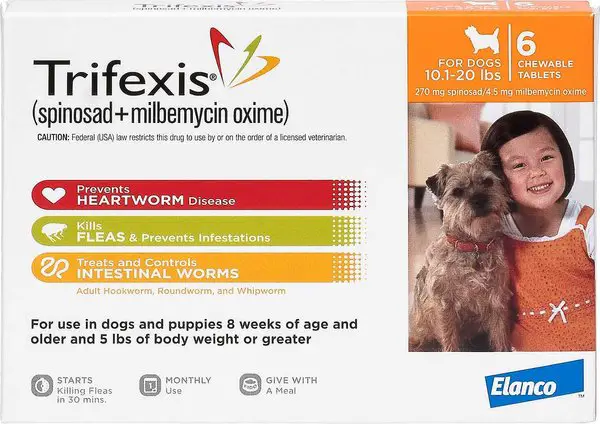
When considering Trifexis, it’s important to weigh the pros and cons. Overall, Trifexis offers comprehensive protection and convenient administration but has potential side effects. Considering your dog’s needs and consulting with your vet will help you make an informed decision regarding Trifexis.
Pros
- Comprehensive protection against fleas, heartworms, and various types of worms.
- All-in-one medication
- Convenience of oral administration
- Easy to incorporate into your dog’s routine.
Cons
- Some dogs may experience vomiting and lethargy due to taking this medication.
Pros & Cons- Nexgard
Nexgard, a popular flea and tick treatment, has its pros and cons. Nexgard offers effective protection against fleas and ticks, but weighing the pros and cons before deciding is crucial. Consider your dog’s health, and any potential side effects, and consult with a veterinarian to determine if Nexgard is the right choice for your furry friend. Remember, the well-being of your pet should always be a top priority.
Pros
- Nexgard is highly effective in preventing infestations.
- Easy to administer
- It comes as a chewable tablet
Cons
- Possibility of adverse reactions to occur
Tailoring To Your Dog’s Needs: Trifexis Or Nexgard?
Finding the right medication for your dog’s needs is crucial. Consider their lifestyle and specific requirements. Choose a comprehensive option that protects against ticks, fleas, and other parasites. Consult your vet to determine the best choice based on age and health status. Oral medications offer convenience and ease of administration. Ensure effectiveness against a wide range of parasites.
Which Is The Best Between Trifexis And Nexgard
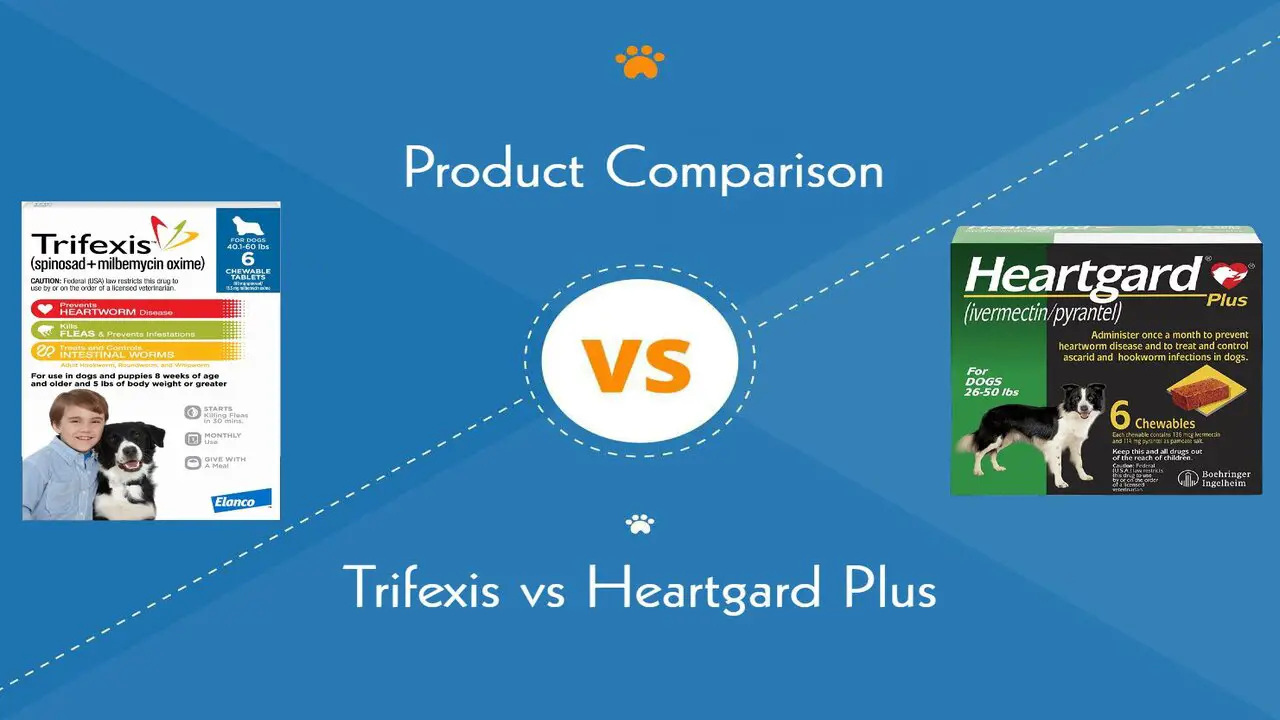
When comparing trifexis and regard, it’s essential to consider your pet’s specific needs. Trifexis is a good option for puppies as it treats fleas, ticks, roundworms, hookworms, and whipworms. This comprehensive protection can be essential during the early stages of a dog’s life. On the other hand, Nexgard is popular for its effectiveness in tick prevention. This may be better if your pet is more prone to tick infestations.
Consulting with your veterinarian is crucial in determining the best option for your pet. They can assess your pet’s needs and provide recommendations based on age, health status, and potential risks of infestation. Additionally, both trifexis and nexgard have different prevention options, so it’s important to choose based on your pet’s specific needs.
When deciding, it’s also important to consider any potential side effects and your pet’s individual tolerance. Both medications may cause gastrointestinal upset, like vomiting and diarrhea, so close monitoring is recommended. When considering trifexis or nexgard, weigh the benefits against possible side effects.
Conclusion
Trifexis is a monthly chewable tablet that not only kills fleas and ticks but also prevents heartworm disease and treats and controls intestinal parasites. NexGard is a monthly chewable tablet that only kills fleas and ticks but has been shown to be highly effective in doing so.
While both Trifexis and NexGard have been proven to be effective in preventing flea and tick infestations, they do have different potential side effects. When comparing Trifexis vs Nexgard, it’s essential to consider your pet’s specific needs.
Both medications have advantages and disadvantages, so weighing them against each other is crucial. Safety and efficacy are essential factors to consider for any potential side effects. It’s recommended to consult with your veterinarian to determine which option is best suited for your dog. Ultimately, the health and well-being of your furry friend should be the top priority when making this decision.
Frequently Asked Questions
Is Nexgard As Good As Trifexis?
Nexgard and Trifexis both effectively prevent fleas and ticks. While Nexgard only prevents fleas and ticks, Trifexis also prevents heartworms. The best choice depends on your pet’s needs. Consult with your veterinarian to determine which product is most suitable.
Is Trifexis The Best For Dogs?
Trifexis offers a convenient solution for flea and heartworm prevention in dogs. Its combined heartworm prevention and flea control provides comprehensive protection in a single pill. However, the effectiveness of Trifexis may vary depending on your dog’s individual circumstances.
Can I Give Nexgard With Trifexis?
It is not recommended to give Nexgard with Trifexis. Both medications are oral options for flea and tick prevention in dogs. Giving multiple medications simultaneously can increase the risk of adverse reactions. Always consult with your veterinarian before administering any medication to your pet.
How Should I Store Trifexis And Nexgard?
To ensure the effectiveness of Trifexis and NexGard, store them in a cool, dry place at room temperature. Keep both products out of reach of children and pets. You should store Trifexis in its original packaging, while NexGard should keep it in its blister package.
Are Trifexis And Nexgard Safe For All Dog Breeds?
Trifexis and NexGard are generally safe for dogs of all breeds. However, it is important to consult with a veterinarian before administering any medication to your dog. Dosage and administration may vary based on the breed and weight of the dog. Both Trifexis and NexGard are FDA-approved for use in dogs.

Aquarium passion is all about connecting with the aquatic life and providing education to the public on the importance of these creatures. We showcase a wide variety of marine life through our exhibits as well as working with schools to provide unique learning opportunities for students of all ages.



